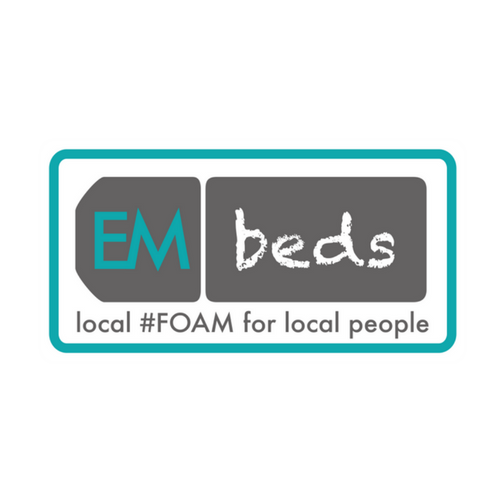- NIV/CPAP is NOT an Aerosol Generating Proceedure (AGP) [As of Sept 2022]
- CPAP/EPAP levels of 8-15cmH2O is suggested to work well by the Italian society of Emergency medicine
- BTS has released the guidance – HERE
- Masks
- Well-fitting oronasal facemasks, masks over the total face, or helmets should produce least droplet dissemination.
- Vented masks could worsen contamination of the environment
- Any patient on acute NIV should be managed with a non-vented mask and an exhalation port in the circuit.
- Ensure that the ventilator mode employed supports the use of non-vented masks and exhalation ports.
- Sequence of actions: NIV mask on >ventilator on; ventilator off > NIV mask off.
- Filters
- A viral/bacterial filter should be placed in the circuit between the mask and the exhalation port (Figure below).
- This viral/bacterial filter can replace any filter at the machine end of the circuit.
- Viral/bacterial filters should ideally be changed every 24 hours or sooner. (There is a risk that they will become wet due to exhaled gas and that this may increase resistance to flow.)
- An external humidifier must not be used.
- Blocked filters can be mistaken for clinical deterioration; this issue is remedied by changing filters.
- Oxygen – entrained at patients end (on mask
- Masks
Review
-
-
- Review at 2 hours
- Stable – continue CPAP/NIV
- Deteriorating – the patient will likely die with ought intubation, escalate or palliate.
- Review at 2 hours
-
Destinations
-
-
- Failing on NIV/CPAP – Consider either escalation to intubation OR palliation
- Maintaining Oxygenation – At CRH negative pressure room, at HRI side room acute floor
-
